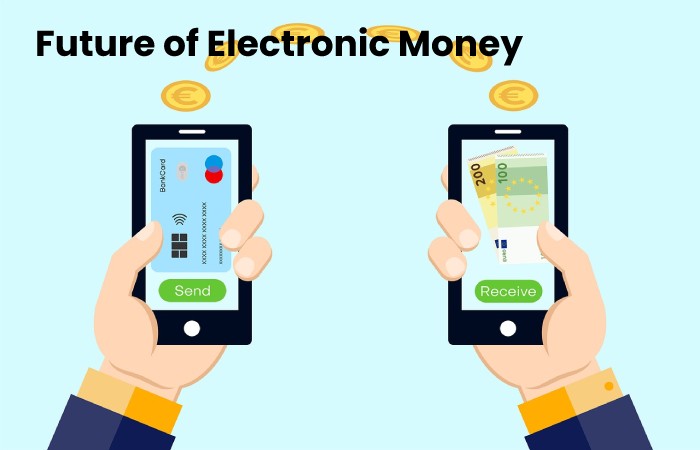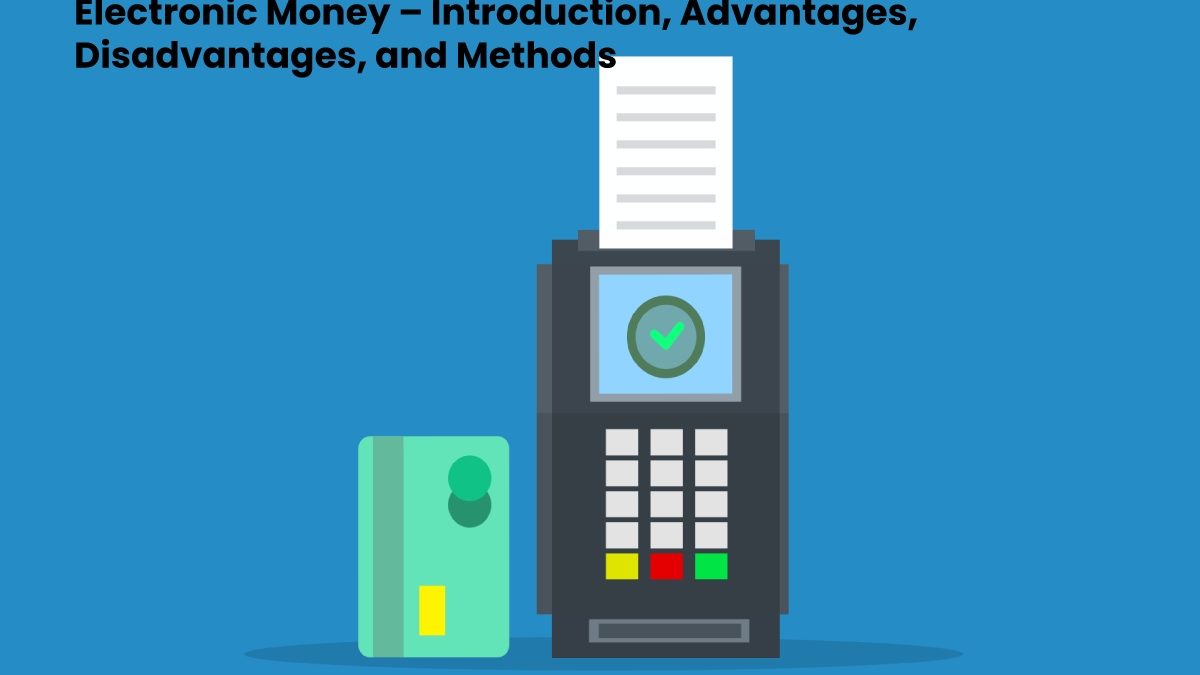Table of Contents
Electronic Money
Electronic money is a financial instrument that permits us to make payments and transfers with an electronic device. Its operation consists of storing the money in bills and coins. In a current account or a credit card, in any electronic support. Such as a physical card, a virtual card, a telephone, a computer, or any other device. Whose memory allows you to do so.
You can use it:
- To make payments online. In addition to the security that the instrument you use already has (card, telephone, etc.), you will have the guarantee of the withdrawal limit since you will only be able to make payments for the amount previously collected.
- To comfortably make small payments. As accepted as a means of payment by companies other than the issuer, it can be paid on buses, telephones, restaurants, or kiosks.
How does Electronic Money Work?
In its broadest and most well-known sense, electronic money functions as a virtual means of payment, but it expresses and supports mutual monetary units. Firstly, they alter into currency.
In the case of firm electronic money, its value is established and stored in bits. When an issuer delivers virtual money to a person, it will bring back an electronic file with a set of encrypted bits. These bits are nothing more than electronic data stored on a microchip that can attach to a digital card.
With electronic money, transactions can be made via the Internet, mobile phone, or interactive television promptly and confidentially. The operation is from one chip to another and does not need the intermediation of a bank or a bank account.
The worth of electronic money issued by an agent will depend on the credibility and acceptance it discovers amongst its computer-generated users. Some issuers have decided to back their automated currency in gold to give their users more confidence.
Advantages of Electronic Money
- Electronic money has essential advantages over fiat money:
- Avoid the cost and hazard of transporting and storing significant amounts of money.
- It is possible to database the chip with electronic money so that it can only use for a specific destination, thus eliminating the risk of diversion, theft, or loss. Therefore, it is possible to program that electronic money can be spent in a particular store. In this mode, if we send a person to buy materials, they will not be able to spend part of the money on other uses.
- It is possible to carry out transactions with complete confidentiality and anonymity.
- It gives agents greater freedom to transact.
Disadvantages of Electronic Money
- There are also significant disadvantages and risks in the use of electronic money. Next, we describe some of them:
- It is more challenging for central banks to calculate the money supply and thus carry out monetary policy.
- Given the lack of control, transactions with electronic money can evade taxes with the consequent drop in State income.
- Transactions in a digital environment make it challenging to determine the competent authority to control and sanction illicit activities.
- New forms of electronic crime will appear that may be more complex.
- Illegal financing, fraud, and money laundering activities are more likely to go unnoticed.
- Computer failures or attacks can have severe costs.
Future of Electronic Money

Currently, (strict) electronic money is minimal, but it expects to grow over time. We must now design mechanisms to reduce its risks and damage to benefit from its advantages.
Just as in the past, we measured it unthinkable that money would not have gold backing. Today we must adapt to the idea that it is possible for cash to definitively leave its physical form to become a digital means of payment.
How is Electronic Money Created?
Money is a medium of exchange and a measure of value represented by physical objects from shells, cocoa beans, bird feathers, and metals to coins and bills. Today money has taken the identity of the data circulating through computer networks, which can go around the world in just a few seconds.
This last form is what we know as electronic money, which exchanges through channels such as the Internet or private telecommunications networks in response to the instructions of the person who makes an electronic payment or transaction. This money is virtually in a bank account. It travels through the network to reach other charges and thus make payments. Money is no longer necessarily back by a physical object but by the work and production, we all do to obtain it.
Electronic money requires developed telecommunications technologies and the implementation of security mechanisms, which are made possible by the development of technological infrastructure. It enables the electronic form and use of money. It has been necessary to install the appropriate infrastructure, such as computer systems, Internet connections, and an electronic network that enables the transfer of transaction information from stores or ATMs to bank branches.
The new advances allow increasingly secure, fast, and efficient transactions and point out that soon. The latter is already possible, but only in some whose technologies significantly advance. Hence, in Mexico, only a part of the population has access to this type of means of payment. For this reason, it is more problematic and delayed in countries with a low level of development.
Payment Methods
These payment instructions consist of giving the order to make an electronic transfer of funds from your card to the account of the person who sells you the product or service. The most mutual electronic payment methods are credit and debit cards and prepaid cards. Direct debits can be complete. You authorize someone to charge service on your bank card periodically, for example, the payment of electricity. The money is automatically subtracted from your account and transferred to the electric company’s monthly account.
You buy first with a credit card and then pay the bank on the agreed date. It works like a loan that you receive from the bank and pays days later. Instead, you play with the money you have in your bank account with a debit card. When the payment you made with your debit card registers, the bank immediately subtracts it from your account. You pay before using the service with the prepaid card: for example, you buy credit for your cell phone and then use it—usually, the latter to pay not very high amounts or buy in a single establishment.
Soon, the impact of electronic payment methods will continue to increase as their use in all types of transactions grows. Indeed we still have a lot to see in the evolution of money and forms of electronic payment.
Conclusion
Electronic money includes any payment system that provides a digital medium in its broadest thought. This way, it contains prepaid cards, credit cards, or electronic wallets. These media use software, hardware, and Internet linking to carry out transactions. Almost all of them broadly use and known to most individuals.
Also Read: Business Ethics – Introduction, Advantages, Benefits, Importance, and More

